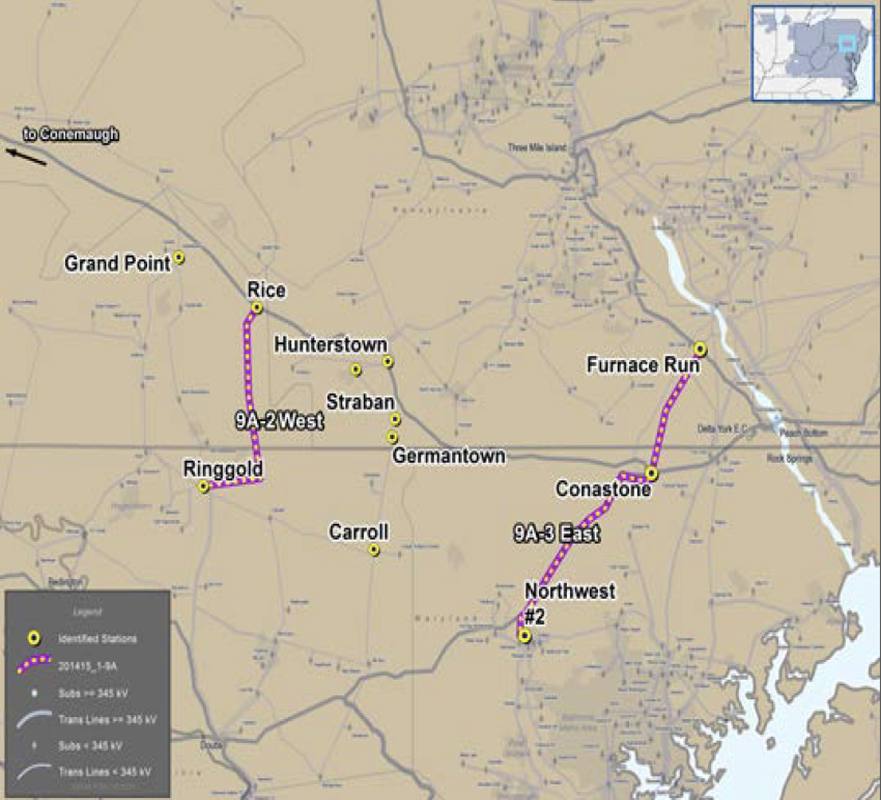So, PJM's eternal Artificial Island project has been "suspended." It's ever-changing scope and price tag have affected its "constructability." The states of Maryland and Delaware were outraged that PJM's cost allocation assigned the majority of the project's costs to them, when they would receive little benefit. "Suck it up, buttercup, we'll do better next time," said PJM.
Oddly enough, PJM's suspension of Artificial Island didn't even mention the cost allocation issue. But nevertheless, the states are claiming victory.
Lesson: With enough opposition, even PJM can change its mind. And as the Delaware Public Advocate reminded PJM, this isn't the first time.
The DPA is not asking PJM to do something it has never done before. PJM has reevaluated
projects in the past. After reconsideration, PJM canceled the Mid-Atlantic Power Pathway ("MAPP") and the Pennsylvania-Allegheny Transmission Highway ("PATH") projects.
While the reasons for cancellation may be different in this case, the fact of the matter is that simply because PJM has approved a project does not mean that it gets done come what may. In cancelling the MAPP and PATH projects, PJM acknowledged that changed circumstances had caused it to reevaluate the projects; unfortunately, however, ratepayers are paying significant abandonment costs. We ask PJM to re-evaluate this Project before LS Power and PSE&G incur costs that will ultimately be recovered from ratepayers of all PJM members.
The DPA asks PJM to remember that end-use customers are ultimately the ones that pay
for projects such as this. Indeed, neither PJM nor its member companies would exist if not for customers. And those customers are not a wallet from which PJM and its member utilities can obtain unlimited funds.
Speaking of... PJM approved a bunch of new projects yesterday. Among them is a scheme to construct two new greenfield transmission projects across the Maryland/Pennsylvania border.
But I'm pretty sure people own that "undeveloped land," and those people probably will mind having a transmission line constructed on their property. What remains to be seen is how big a squawk they can make about it. Because, as PJM has demonstrated numerous times already, its planning isn't infallible, and when approved projects run into a buzzsaw of opposition, PJM has no choice but to go back to the drawing board and come up with a better project.

 RSS Feed
RSS Feed